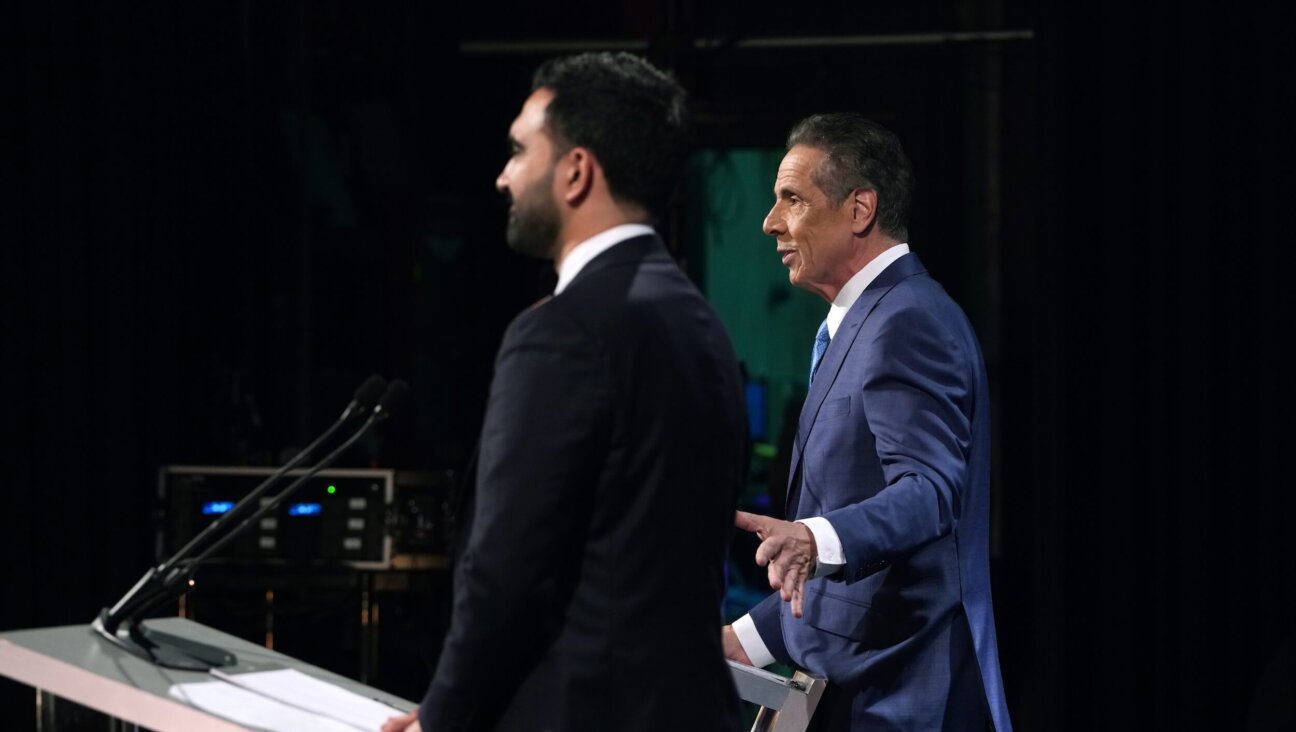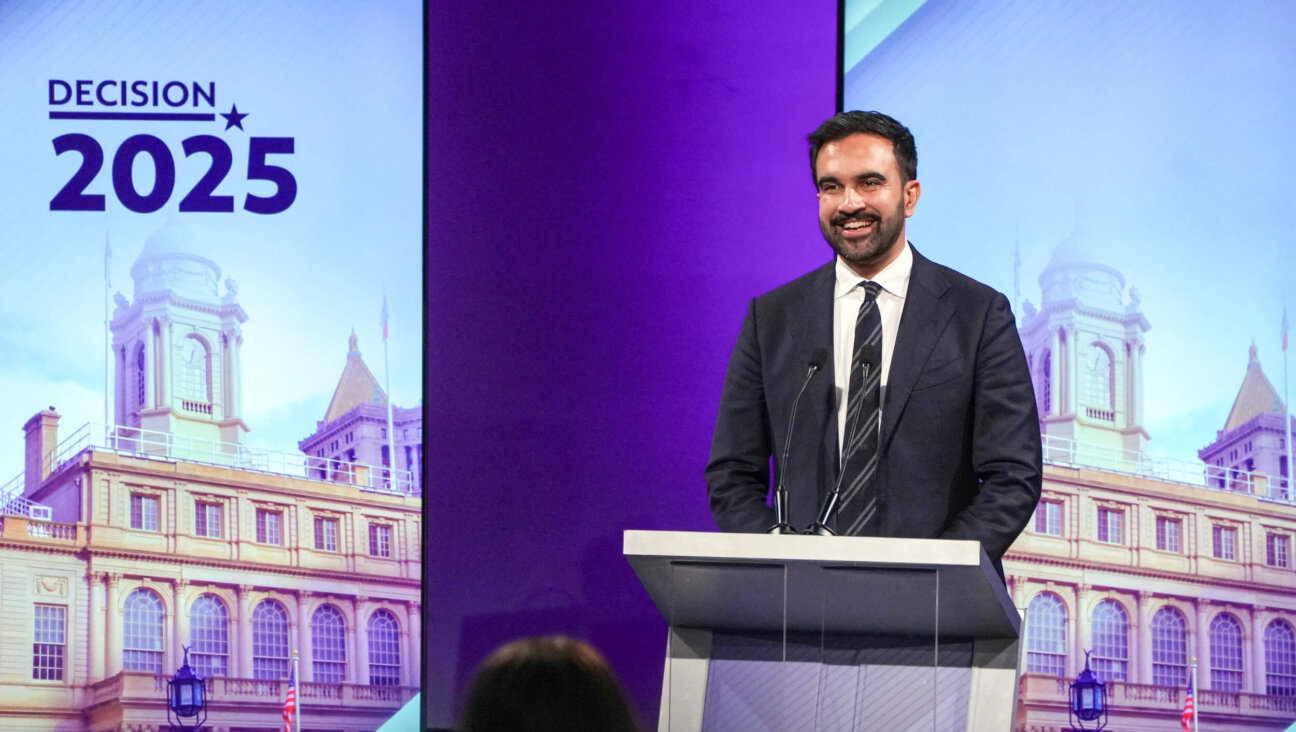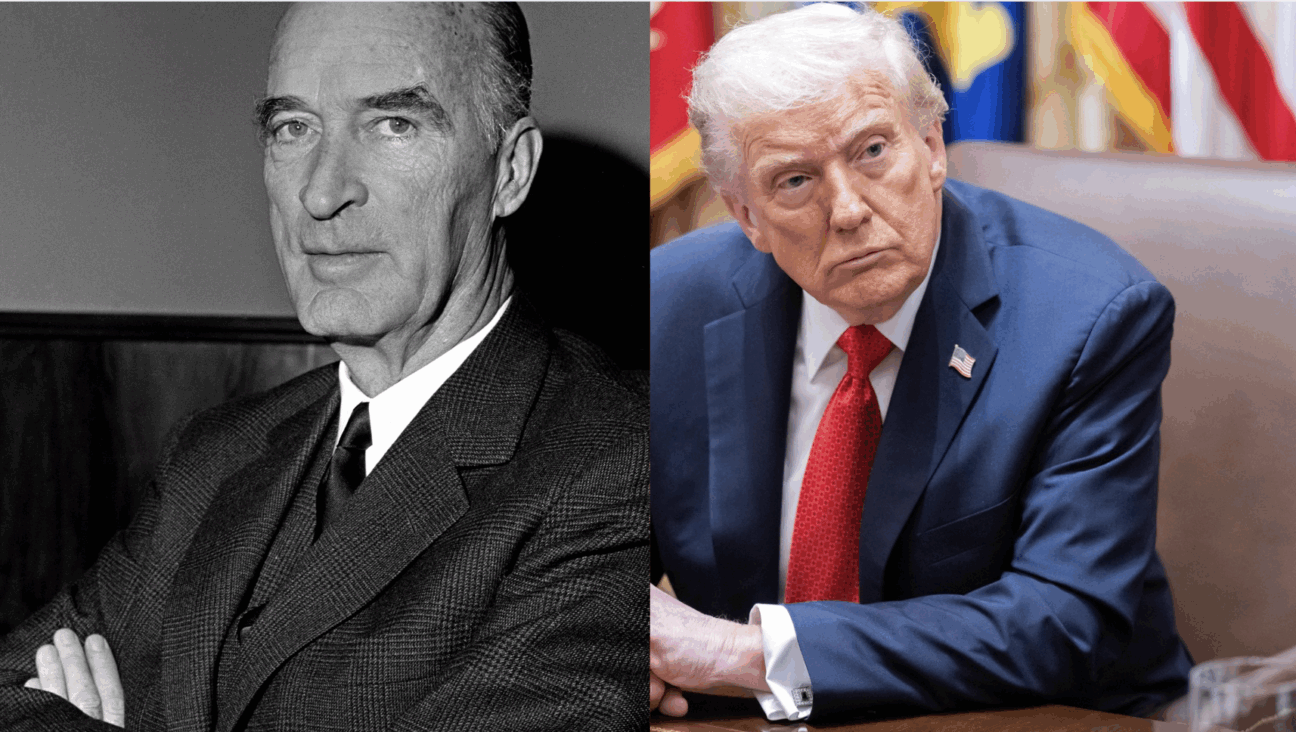Revisiting the Kate We Wanted to Be

Not Just a Philadelphia Story: Katharine Hepburn provided a pan-American touchstone for cool. Image by COURTESY OF NEW YORK PUBLIC LIBRARY
I don’t remember the first time I saw a Katharine Hepburn film, but I’m sure it was sometime back when I was in what used to be known as junior high school. One of the local New York television stations was airing a classic movie every afternoon for a week, and I rushed home from school to swoon over the likes of Cary Grant, Clark Gable and Paul Newman, and, of course, to cheer for Hepburn. Long before cable, video, DVD and YouTube, you watched what was there. And what was there was worth watching.
Visiting the exhibit from Hepburn’s extensive personal files, open until October 10 at The New York Public Library for the Performing Arts at Lincoln Center, reminded me of why her pull remains powerful for women of my generation. She was everything that we were not, but wished we could be.
Katharine Hepburn was the embodiment of cool. She had the straight hair and thin nose that we Jewish girls coveted (and occasionally purchased), the Yankee drawl that seemed so much classier than our New York-ese, the ability to make silly love stories seem grand and then, when she wanted, to star in a groundbreaking film like “Guess Who’s Coming to Dinner.”
Among women, Hepburn was royalty, the feminist leading lady who knew how to get her man, hilarious in “Bringing Up Baby,” winning in “Adam’s Rib,” saucy in “The Philadelphia Story,” spellbinding in “The African Queen.” My own special tie to her is that I was selected as one of three women to inaugurate the Katharine Houghton Hepburn Center at Bryn Mawr College, her alma mater. But I never met her, nor saw her perform onstage. She died in 2003, yet she still inspires.
Her cool prevails.
Cool is defined more broadly today. Cool is a multiracial president who never seems to sweat, and his African-American wife, who makes headlines by planting an organic garden and ordering from J. Crew. Cool is skin of different shades and eyes of different shapes, and the ability both to notice those differences and to see past them.
But cool still requires an incalculable mixture of authenticity and quiet independence. That hasn’t changed. It helps to be gorgeous, of course. Although her early career was filled with troughs and frustrations, by the 1930s, Hepburn became a cover girl, and by the early 1940s, a full-fledged film star. She was beautiful and glamorous, her angular face, high cheekbones, luminous skin and ever-changing eyes gracing the front pages of major magazines. She could be dramatic, coquettish, sly, endearing — the epitome of Yankee charm.
Still, she broke the mold as often as she conformed to it. She wore trousers back when I wasn’t even permitted to wear jeans to school. And she defied convention in even more significant ways: Her long-standing relationship with the married Spencer Tracy signaled that she didn’t need a wedding ring to find love. Nor did she need children to find fulfillment.
Hepburn managed to combine an upper-class WASPyness with a forthright feminism in a way that allowed her to be many things to so many people. She was movie star glamorous, but also vigorously outspoken about war, historic preservation and reproductive rights. From the start of her remarkable career, she happily ignored what others thought of her, and fiercely guarded her privacy.
“Someday I may beg you for publicity, but right now I don’t want it,” she wrote in February 1934, in one of the many pieces of personal correspondence on display in the library exhibit.
The exhibit also contains the curtain speech she gave on May 8, 1970, handwritten on a yellow legal pad. That was the day all the theaters on Broadway committed to a moment of silence to remember the four students killed during a protest at Kent State University, at the height of the anti-Vietnam War movement. “Our generation are responsible,” Hepburn wrote, “and we must take time to pause and reflect and do something.”
She was already in her early 60s by then, aging gracefully, her eyes maintaining their beauty and strength even as her skin softened; she lived for another three decades, dying at 96 years old, her reputation as one of the great ladies of stage and film firmly intact.
Cool.
Jane Eisner is the editor of the Forward. Contact her at [email protected]















